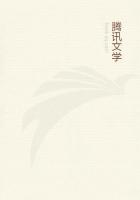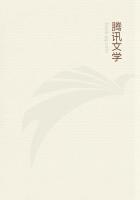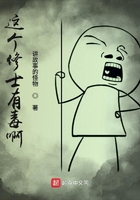The range is practically all occupied and, in many places, is already over stocked. Where more cattle are run on a range than its grass and water can support there is bound to be some loss.
In stocking a range an estimate should be made of its carrying capacity in a bad year rather than in a good one, as no range can safely carry more cattle than it can support in the poorest year;like a chain, it is no stronger than its weakest link.
A good range is sometimes destroyed by the prairie dog. Wherever he establishes a colony the grass soon disappears. He burrows in the ground and a group of such holes is called a dog town. Like the jack-rabbit he can live without water and is thus able to keep his hold on the desert. The only way to get rid of him is to kill him, which is usually done by the wholesale with poison.
His flesh is fine eating, which the Navajo knows if the white man does not. The Navajo considers him a dainty morsel which is particularly relished by the sick. If a patient can afford the price, he can usually procure a prairie dog in exchange for two sheep.
The Navajo is an adept at capturing this little animal. The hunter places a small looking-glass near the hole and, in concealment near by, he patiently awaits developments.
When the prairie dog comes out of his hole to take an airing he immediately sees his reflection in the glass and takes itfor an intruder. In an instant he is ready for a fight and pounces upon his supposed enemy to kill or drive him away.
While the prairie dog is thus engaged wrestling with his shadow or reflection the hunter shoots him at close range with his bow and arrow--never with a gun, for if wounded by a bullet he is sure to drop into his hole and is lost, but the arrow transfixes his body and prevents him from getting away.
He has been hunted so much in the Navajo country that he has become very scarce.[1]
[1] This statement is made on the authority of Mr. F. W. Volz, who lives at Canon Diablo, and is familiar with the customs of the Navajos.
Much of the ranch country in southern Arizona is destitute of trees, and shade, therefore, is scarce. Upon the high mountains and plateaus of northern Arizona there are great forests of pine and plenty of shade. But few cattle range there in comparison to the large numbers that graze on the lower levels further south.
What little tree growth there is on the desert is stunted and supplies but scant shade. In the canons some large cottonwood, sycamore and walnut trees can be found; upon the foot hills the live oak and still higher up the mountain the pine. Cattle always seek the shade and if there are no trees they will lie down in the shade of a bush or anything that casts a shadow. The cattle are so eager for shade that if they can find nothing better they will crowd into the narrow ribbon of shade that is cast by a columnar cactus or telegraph pole and seem to be satisfied with ever so little if only shade is touched.














